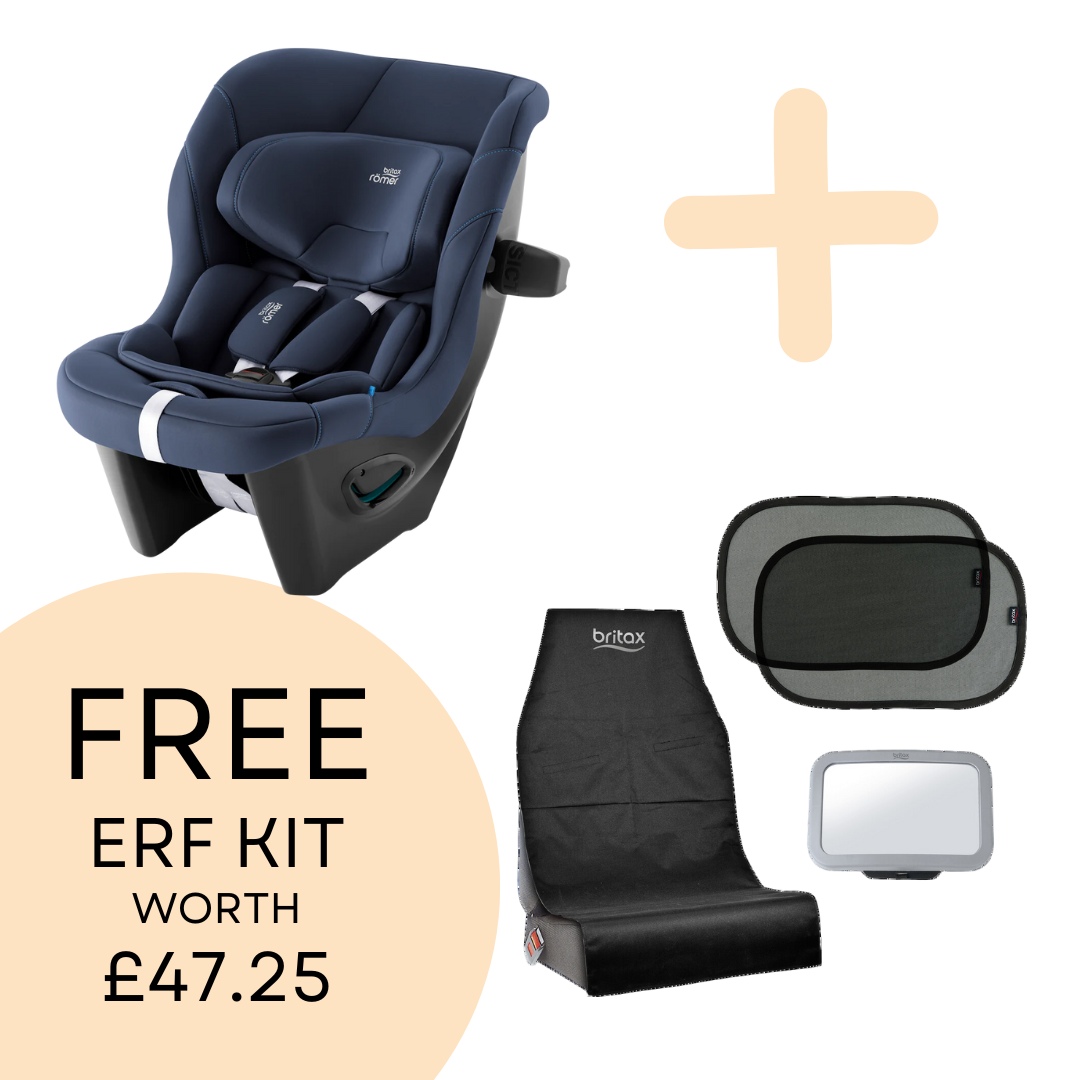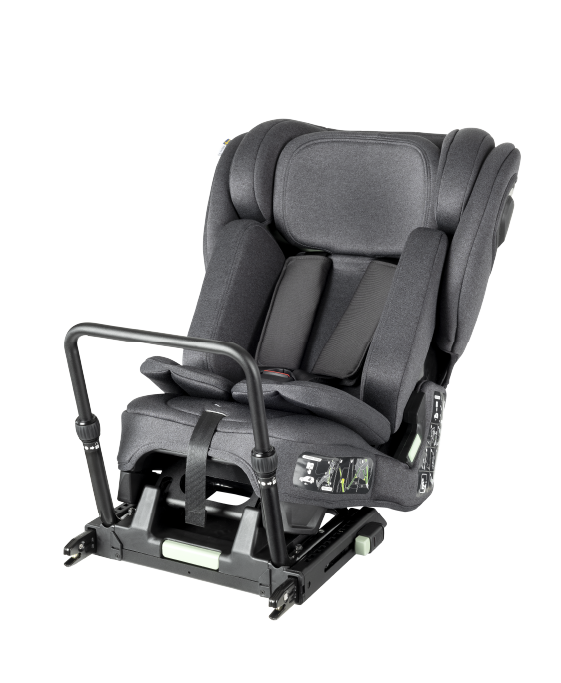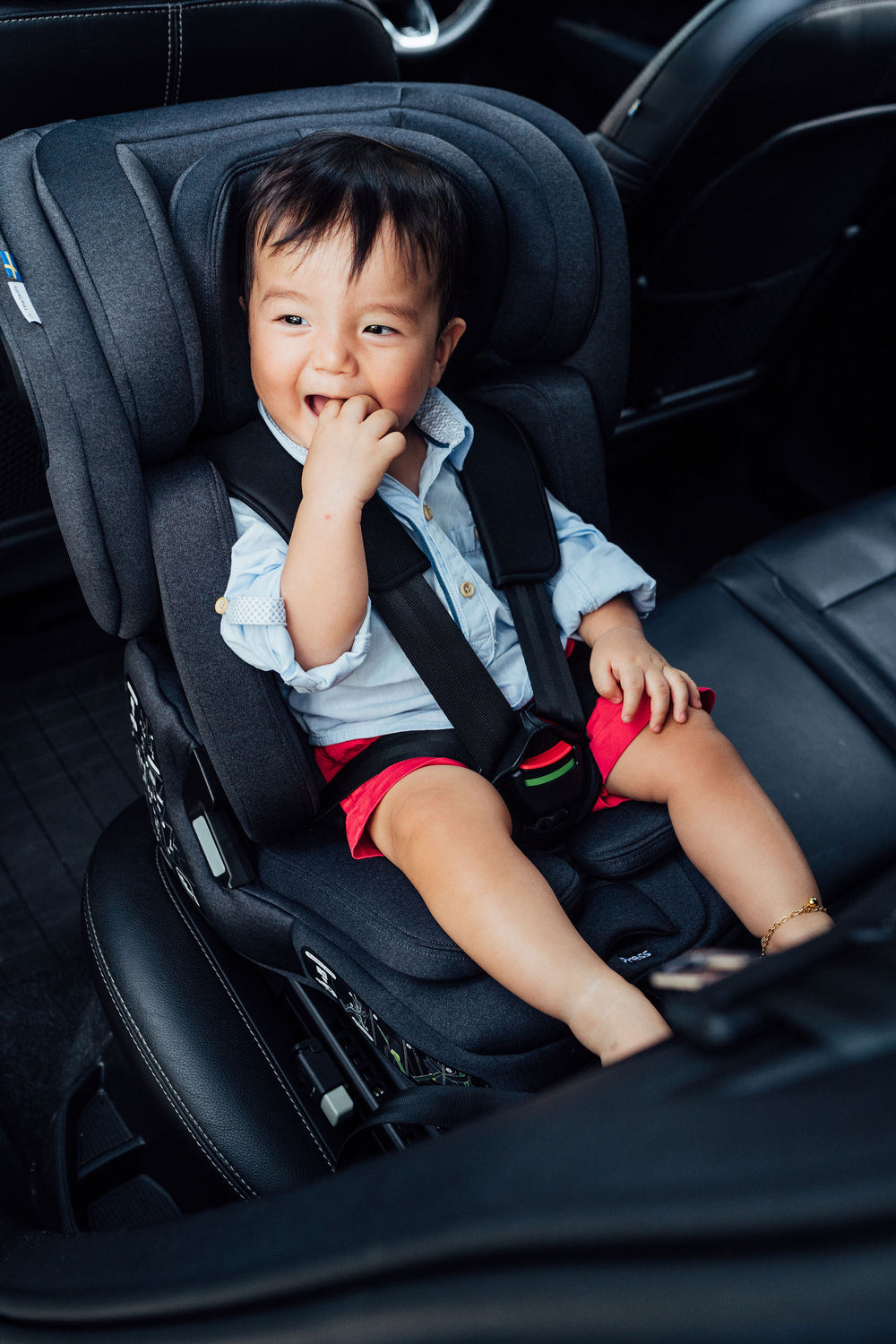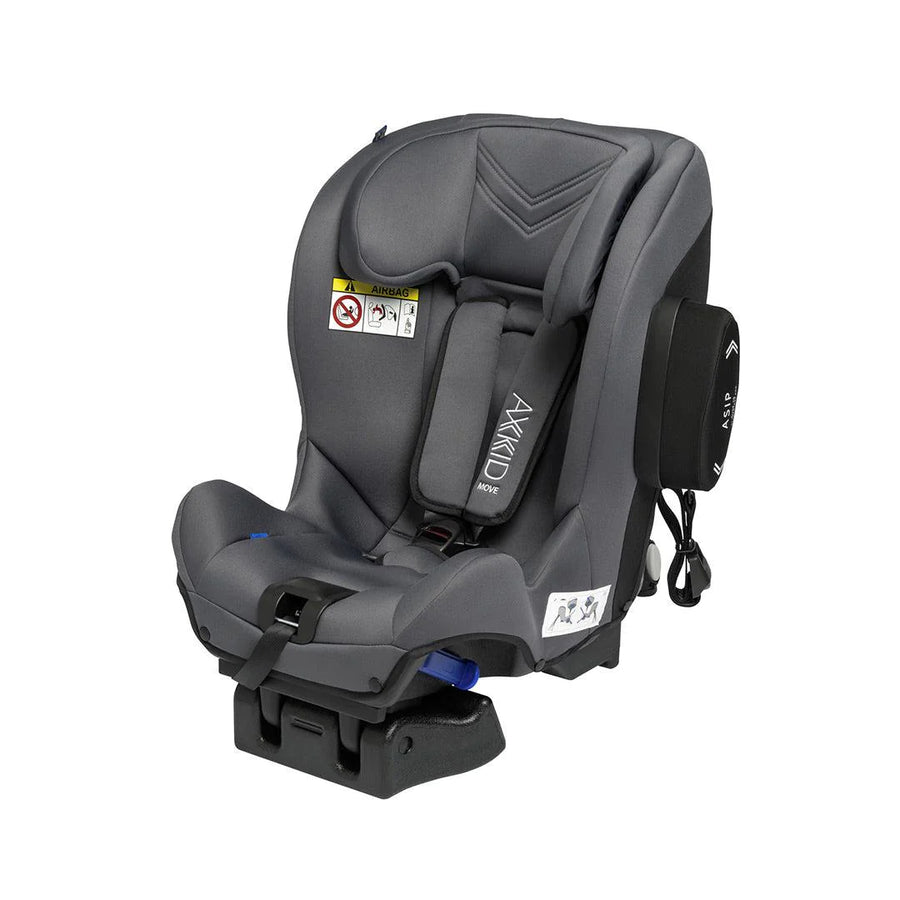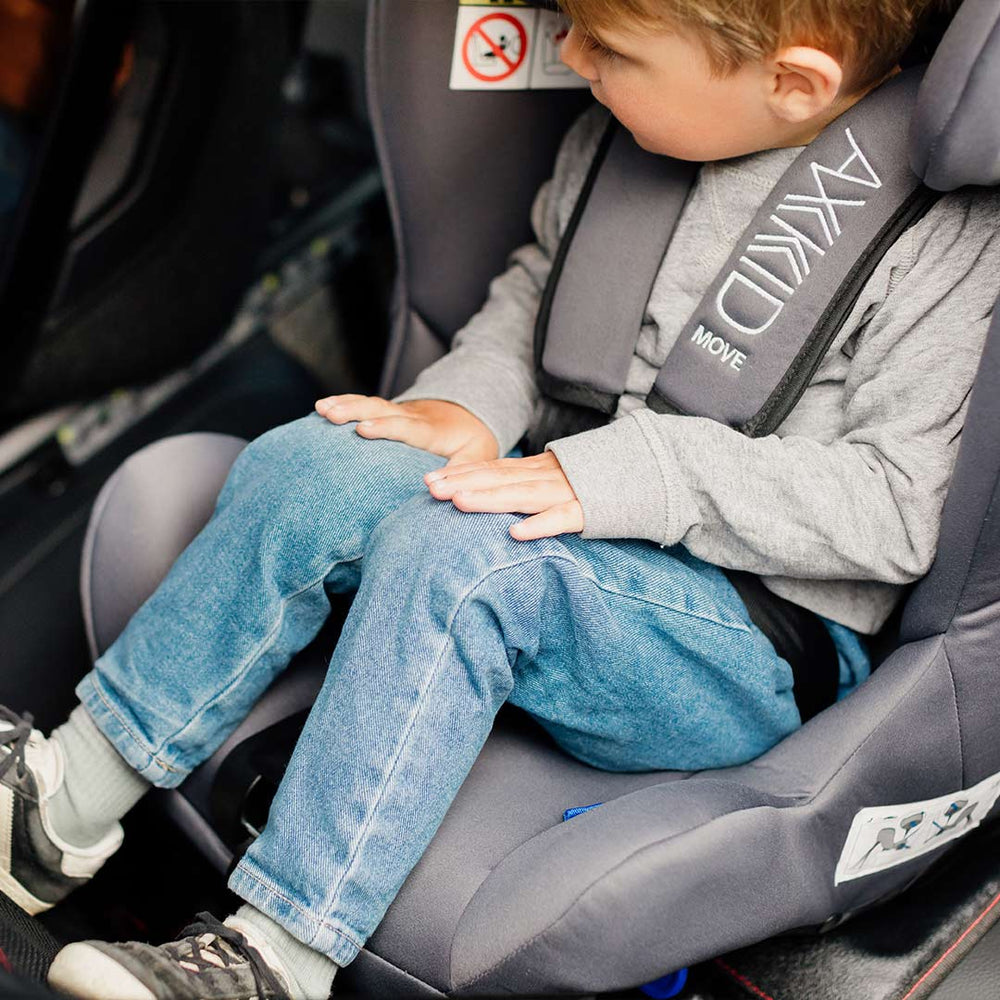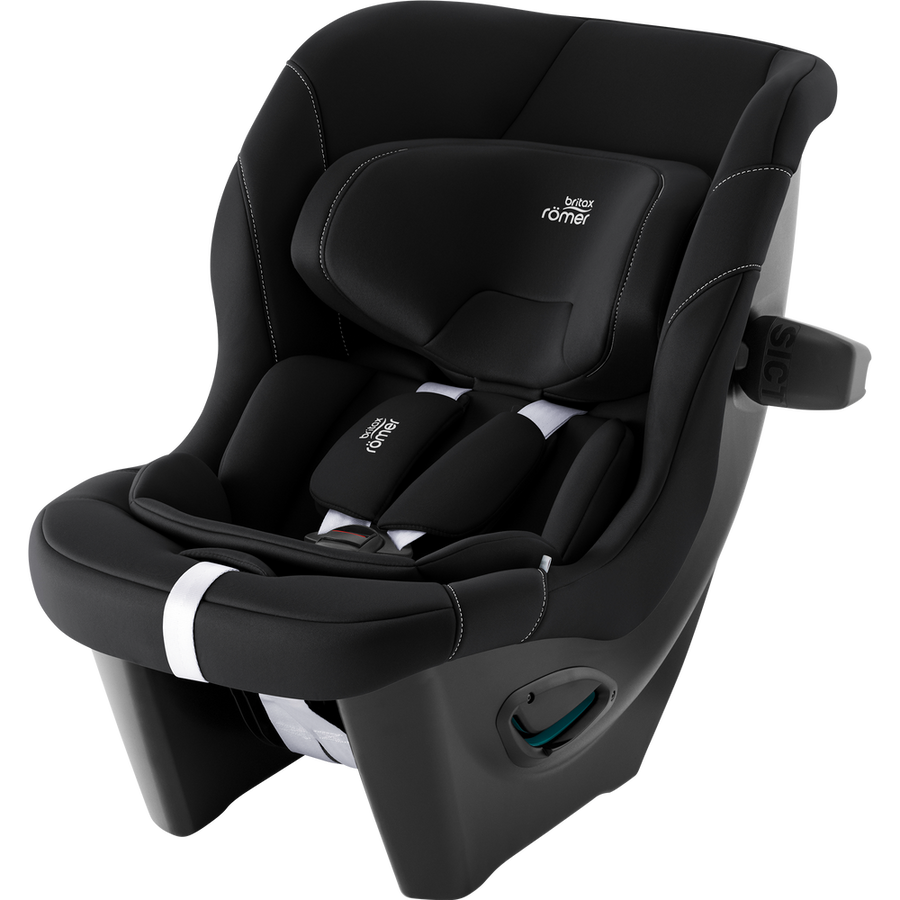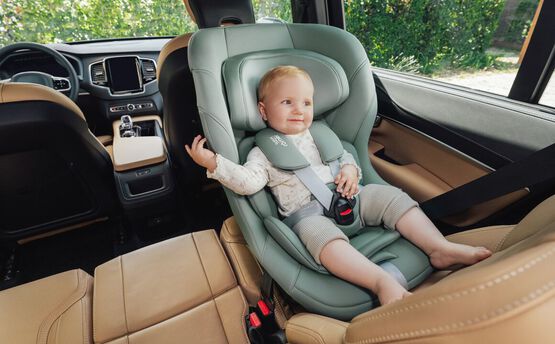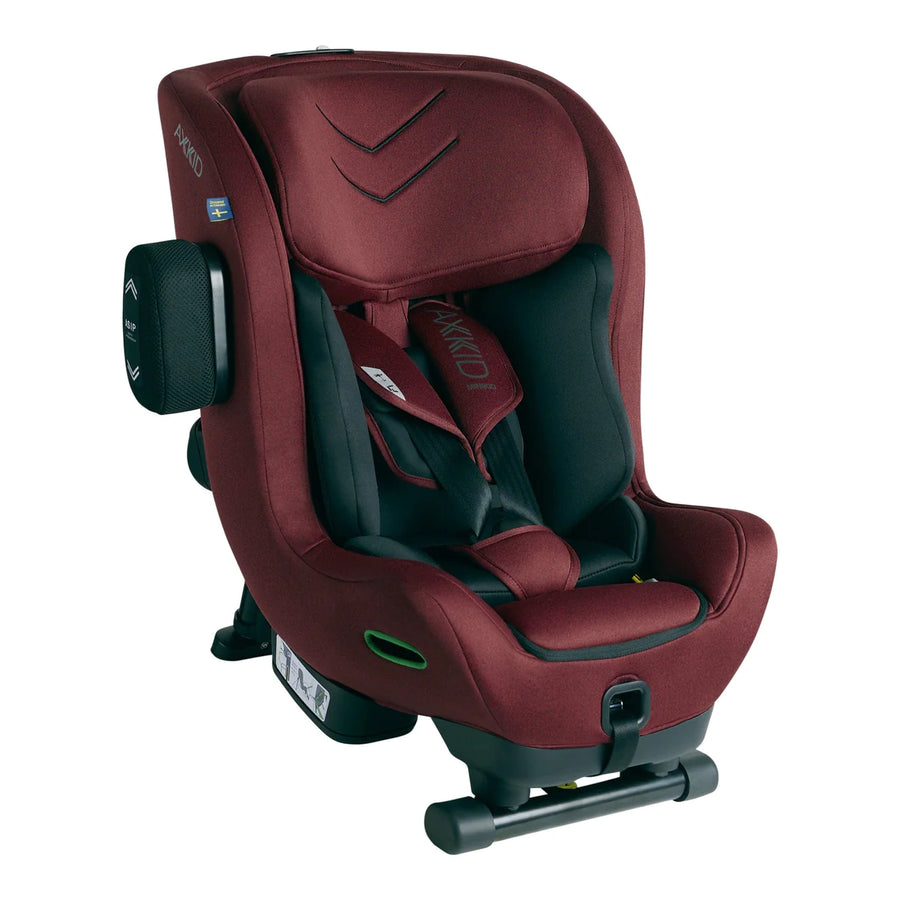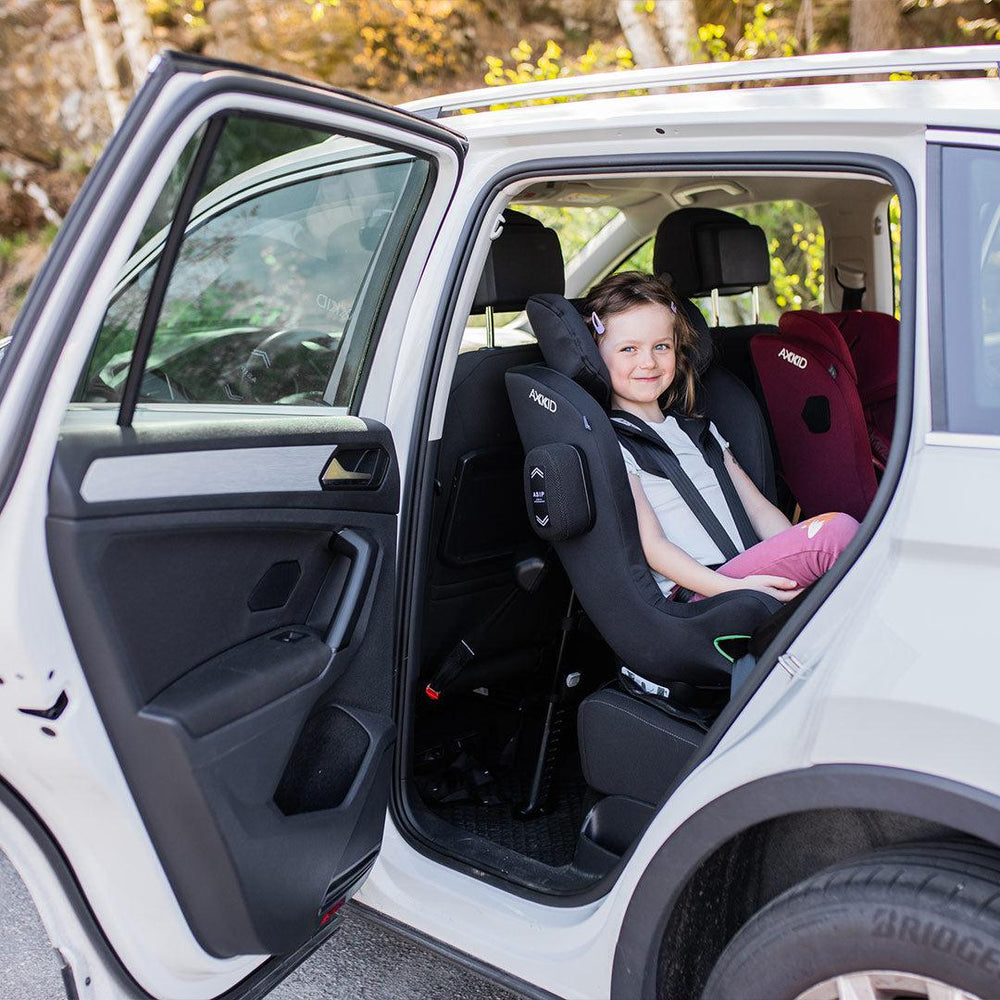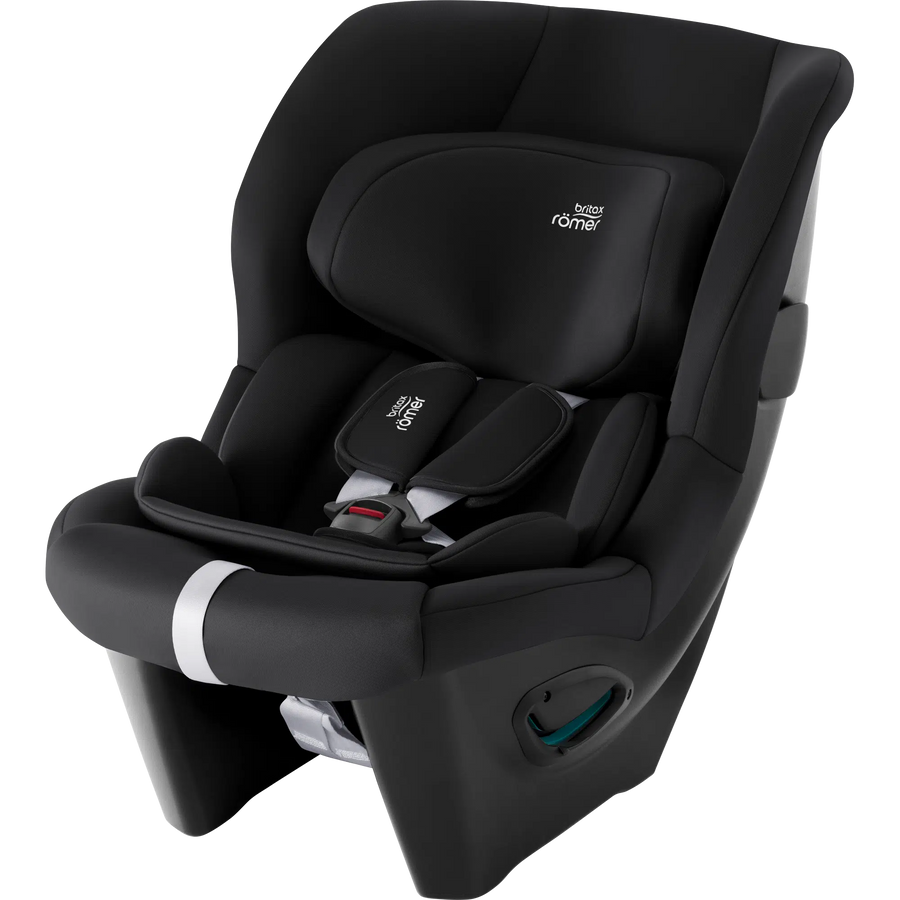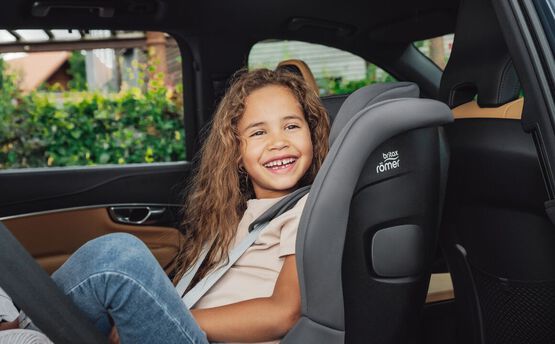
Extended Rear Facing
Keeping Little Ones Safer For Longer
When it comes to the safety of our children during car journeys, understanding and adhering to car seat regulations is paramount. In the United Kingdom, the law mandates that all children must use an appropriate child car seat until they are either 135 centimeters (4 feet 5 inches) tall or 12 years old, whichever comes first. Beyond this threshold, children are required to use a seatbelt.
The rationale behind these regulations is clear, the correct use of child car seats significantly reduces the risk of injury or death in the event of a collision. However, with a huge ammount of car seat options available on the market, selecting the most appropriate seat for your child can seem like a daunting task. Factors such as your child's age, size, and developmental needs play a crucial role in this decision-making process.
For infants and young children, rearward-facing car seats offer the highest level of protection. These seats are designed to shield the child's head, neck, and spine more effectively than forward-facing seats, particularly in the event of a frontal collision. Despite this, many parents are eager to switch their children to forward-facing seats as soon as possible, often under the assumption that it is more comfortable or preferable for the child.
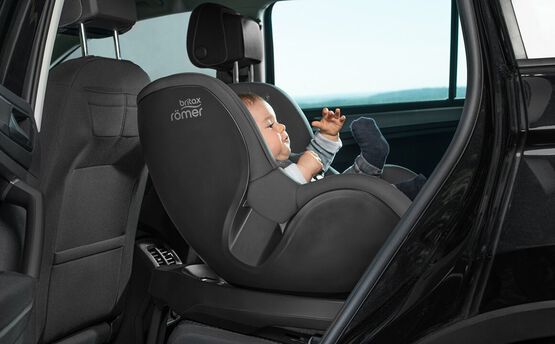
The UK acknowledges two sets of regulations concerning child car seats: R44, which categorizes seats based on the child's weight, and the newer R129, also known as i-Size, which bases its standards on the child's height. Under R44 regulation, children can legally be moved to a forward-facing seat from as early as 9kg (approximately nine months old).
In contrast, i-Size regulations require children to remain in a rearward-facing position until they are over 15 months old. Regardless of these specifications, experts agree that keeping your child in a rearward-facing seat for as long as possible is the safest option. This approach minimizes the risk to the child in the event of a collision by distributing the impact across the entire back of the seat, rather than directly onto the fragile head and neck.
Our Extended Rear Facing Seats
View all
Choosing the correct extended rearward facing car seat for your child is a critical decision that impacts their safety during car journeys. Understanding the different categories and standards, such as R44 and R129 (i-Size), can help ensure you select the most appropriate and safest option for your child.
R44 regulations categorise car seats into groups based on the weight of the child they are designed to protect. For parents considering extended rearward facing seats, the relevant R44 categories include:
The R129 regulation, commonly referred to as i-Size, represents a newer standard that focuses on the child's height rather than weight. i-Size seats are designed to enhance safety through stricter testing, including side-impact protection and improved installation methods. Key aspects of i-Size seats include:
Addressing Common Concerns About Extended Rearward Facing Seats
When considering extended rearward facing (ERF) car seats for children, parents often have several concerns regarding safety, comfort, and practicality. Here, we address some of the most common concerns to help make an informed decision.
Our Service
We are proud of our Smalls Install Plus service which offers a tailored car seat installation service designed to ensure your child's safety and comfort.
The service includes a bespoke consultation to discuss your child's and vehicle's specifics, a fit check to test recommended seats in your vehicle, professional installation by experts, and lifetime after support for any further needs as your child grows.
Priced at £30, this fee is waived if you purchase your car seat from them, effectively making the personalised installation service free. This comprehensive approach ensures your child travels safely, providing you with peace of mind.


